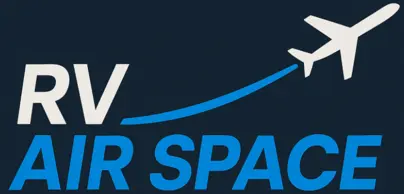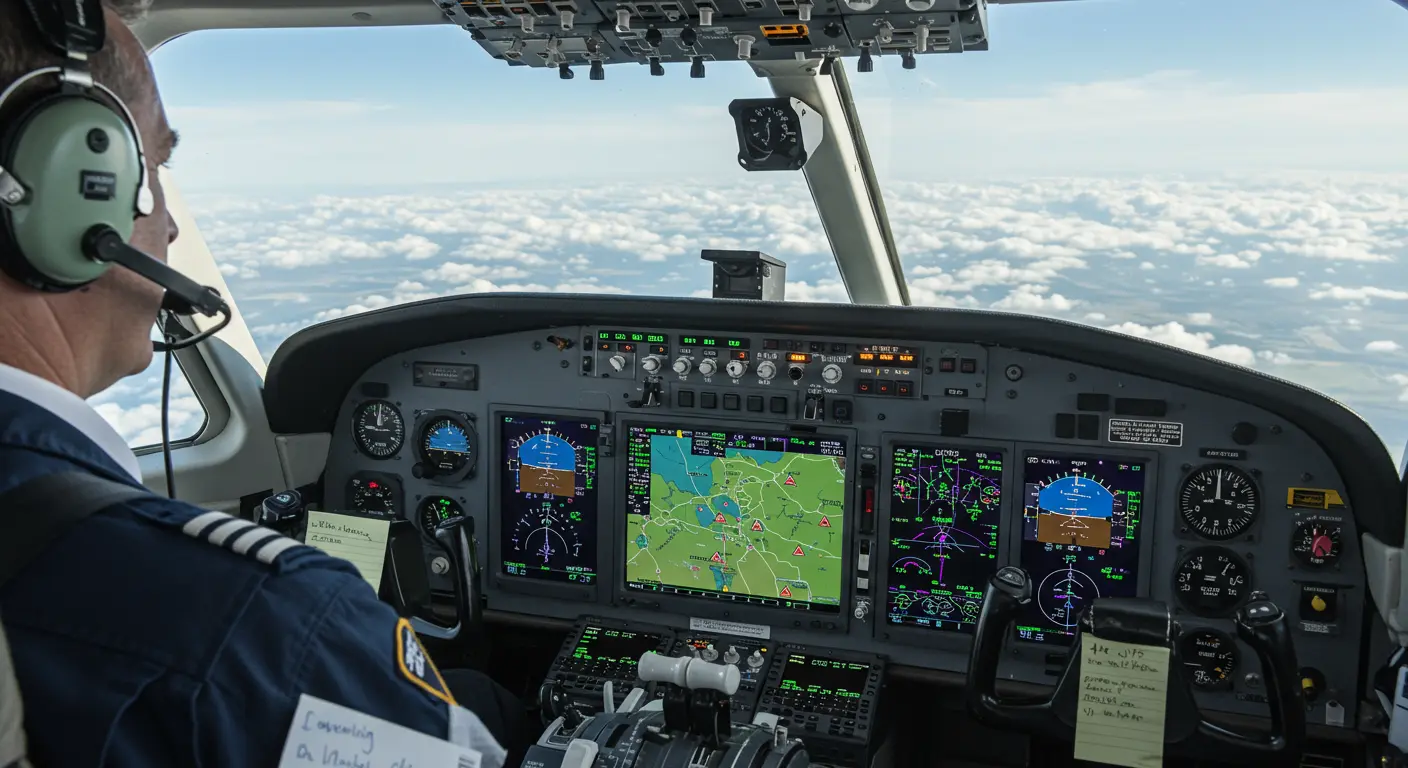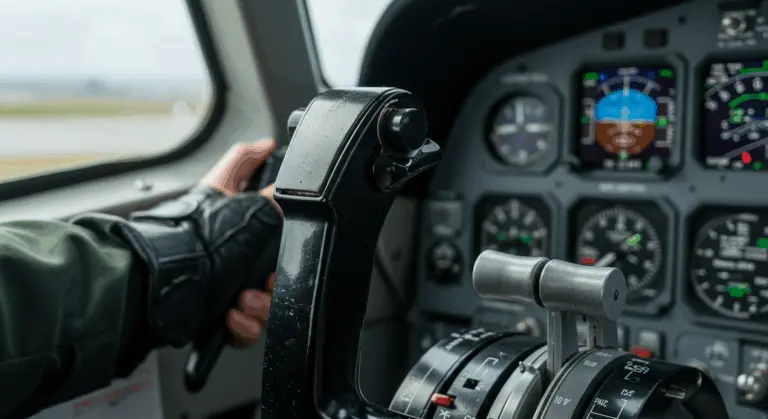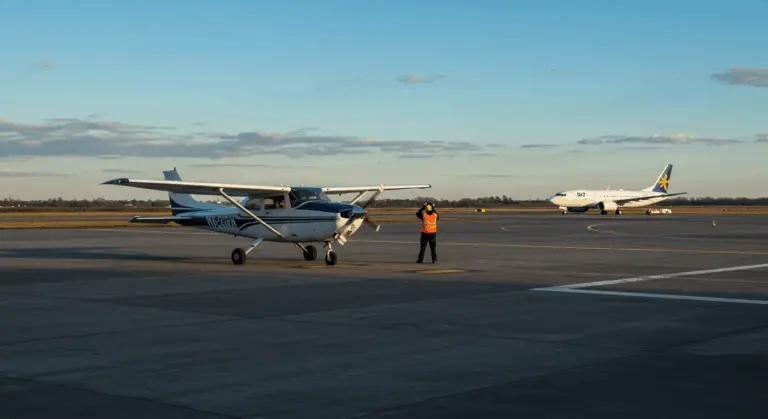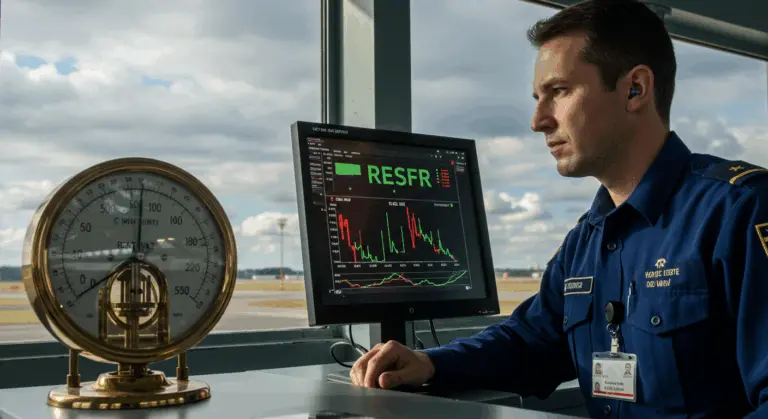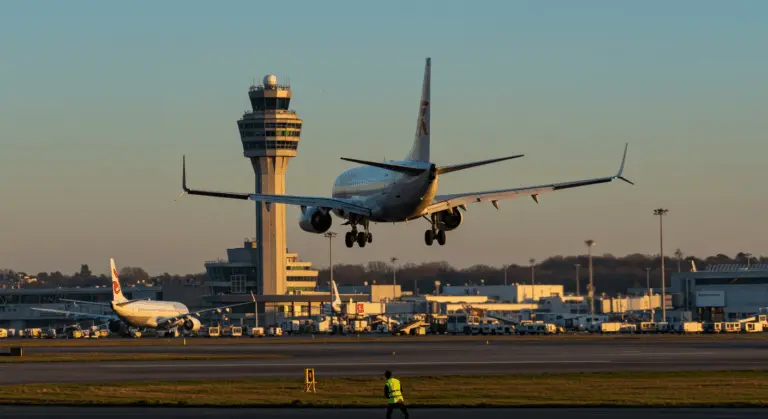Mandatory Reporting Points When Flying Under IFR – A Guide
Reporting Points Outside Radar Contact
When flying IFR in areas without radar coverage, position reporting becomes the lifeline for situational awareness and aircraft separation. In these non-radar environments, pilots must report the time and altitude when passing each designated reporting point along their route—unless specifically instructed otherwise by ATC.
Beyond standard position reports, pilots must immediately communicate:
-
Any information related to flight safety.
-
Missed approaches.
-
True airspeed changes of 5% or 10 knots (whichever is greater) from the filed speed.
-
An inability to climb or descend at a rate of at least 500 feet per minute.
-
Any other critical events affecting the flight.
Compulsory IFR Reporting Points
These designated points form the backbone of the IFR reporting system, strategically placed along airways, approach and departure routes, and at other critical locations where position awareness is essential for traffic management. Unlike optional reporting points (often marked with open triangles), pilots must report passing these compulsory points regardless of whether they’ve been explicitly requested to do so by controllers—unless the aircraft is under radar surveillance.
Correctly identifying these compulsory reporting points is a fundamental skill for IFR pilots. This knowledge is frequently tested during check rides. Pilots should develop the habit of noting these points during flight planning and briefing to ensure compliance with reporting requirements during actual flight operations.
Reporting Points in Radar Contact
When flying under IFR with radar contact established, the reporting requirements shift dramatically compared to non-radar environments. While under radar surveillance, pilots are generally relieved from reporting at every compulsory point. Instead, they should only report passing points that are specifically requested by Air Traffic Control.
This is because controllers can visually track the aircraft, making routine reports redundant. However, pilots should remain vigilant and be prepared to provide specific information when requested—including the time and altitude when passing designated reporting points. Even under radar contact, pilots must still report leaving the final approach fix during instrument approaches. They must also provide corrected estimates if timing errors exceed specified limits.
It’s important to understand that this relief is temporary. Pilots should be prepared to resume normal position reporting immediately when advised “RADAR CONTACT LOST” or “RADAR SERVICE TERMINATED” by ATC. This transition requires mental readiness to switch back to full reporting procedures without delay.
Reporting Points Outside Radar Contact
Key Items Pilots Must Report Under IFR
Operating under Instrument Flight Rules requires pilots to make specific reports to Air Traffic Control to maintain safety and situational awareness throughout the flight. These mandatory reports are fundamental to the ATC system, especially in non-radar environments. Understanding exactly what information must be communicated—and when—is essential for IFR pilots.
Pilots must promptly report equipment malfunctions affecting IFR capability. The report should specify the affected equipment, the degree of impairment, and the assistance required from ATC. Reportable issues include:
Pilots should note that when providing automatic position reporting through ADS-C (Automatic Dependent Surveillance-Contract), they may discontinue voice position reports unless specifically requested by ATC. However, all other mandatory reports related to weather, equipment issues, and safety concerns must still be made verbally—regardless of automatic reporting capabilities.
Altitude Changes and Reporting
Altitude reporting is a critical component of IFR operations that requires specific communication with ATC at several key moments. Pilots must report when vacating any previously assigned altitude or flight level for a newly assigned one. This ensures controllers maintain accurate altitude awareness for all aircraft in their airspace and can properly manage vertical separation.
When operating on a VFR-on-top clearance, pilots must report before making any altitude changes. This special type of clearance requires additional vigilance since the pilot has more flexibility in altitude selection while maintaining VFR conditions above the clouds. Since controllers won’t automatically know when you’re changing altitudes under this clearance, proactive reporting becomes essential.
Holding patterns have specific reporting requirements as well. Pilots must report both the time and altitude upon reaching a holding fix—and when leaving it. This helps controllers track your position precisely and manage the flow of aircraft through congested airspace.
Weather Conditions Reporting
Pilots must immediately report any unforecast weather conditions encountered, regardless of radar contact. These include:
When reporting unexpected weather, pilots should be specific about the nature, intensity, and location of the conditions. For example, rather than simply reporting “turbulence,” a more effective report would be “moderate turbulence between 8,000 and 10,000 feet, 20 miles west of the VOR.” This level of detail helps controllers make informed decisions about traffic management and provides valuable information to other pilots.
Not reporting significant weather encounters creates serious consequences of immediate flight safety. It disrupts the air traffic management system’s ability to maintain efficient operations and potentially places other aircraft at risk. Controllers rely on these pilot reports supplementing their weather radar data, especially in areas where radar coverage may be limited or where certain weather phenomena—like turbulence or icing—aren’t directly observable on radar screens.
Navigating IFR Reporting Procedures
A complete position report must include the following items in sequence:
Using Navigation Equipment for Reporting
Accurate IFR position reporting relies on proficiency with navigation systems that provide precise location data. Key systems include:
GPS has transformed IFR navigation with exceptional accuracy for position reporting. With satellite-based navigation, pilots can determine their exact location relative to reporting points with precision measured in meters rather than miles. This accuracy proves especially valuable when operating in congested airspace where maintaining precise separation from other aircraft is critical. However, pilots must ensure they’re using IFR-certified GPS receivers that meet the stringent requirements for instrument flight.
Traditional ground-based navigation aids like VOR and TACAN continue to serve as essential backup systems. These facilities create a network of fixed reference points that pilots use to identify reporting locations along airways. When reporting position using these systems, pilots typically reference their radial and distance from the facility. This redundancy in navigation capability is crucial—if one system fails, pilots can seamlessly transition to alternative methods while maintaining compliance with reporting requirements.
Preparing for IFR Check ride Reporting
Strong mandatory reporting skills are vital for success during an IFR check ride. Examiners place significant emphasis on a pilot’s ability to correctly identify and report at designated points, as this demonstrates both technical knowledge and operational awareness. Common check ride failures stem from missed or incorrect position reports, which examiners view as fundamental safety issues rather than minor procedural oversights.
When preparing for your check ride, focus on memorizing the key items that require reporting:
Practice scenarios should include both radar and non-radar environments, as reporting requirements differ significantly between these situations. In radar environments, you’ll only need to report points specifically requested by ATC. In non-radar environments, all designated reporting points become mandatory. Examiners frequently test candidates by simulating transitions between these environments to evaluate adaptability and procedural knowledge.
Develop a comprehensive checklist for your reporting technique that includes proper phraseology and timing. For example, when reporting a position, use the format: “[Aircraft call sign], [position], [time], [altitude], [next fix and ETA], and [subsequent fix].” This standardized approach demonstrates professionalism and ensures you don’t omit critical information during the stress of a check ride. Examiners assess both procedural compliance and your ability to manage the aircraft while communicating effectively—an essential skill for safe IFR operations. → Examiners assess both procedural compliance and your ability to manage the aircraft while communicating effectively—an essential skill for safe IFR operations.
